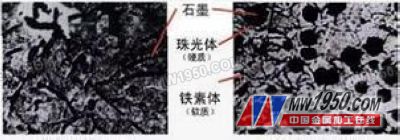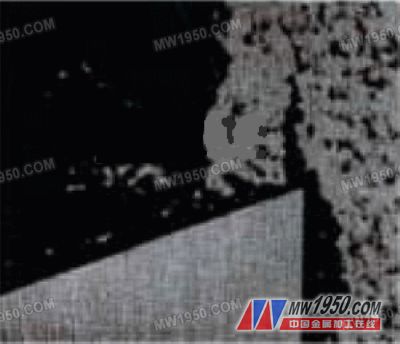Cast iron is generally divided into ordinary cast iron and ductile iron. Ordinary cast iron, also known as gray cast iron, contains flake-like stone in its structure (Fig. 1a). Graphite is a solid lubricant with self-lubricating effect, so its own wear resistance is very good, the bed of the machine tool, the cylinder of the engine, etc. The parts are commonly used, but the flaky stone is fragile crystal which is easy to peel off, is not resistant to impact, and its chips cannot be continuously elongated, forming chipping chips (Fig. 2), causing the cutting force to fluctuate constantly, and generating high frequency vibration during the cutting process. . The surface of the casting is rough and uneven, causing mechanical wear of the tool during cutting. Adhesion, welding on the surface of the tool. Wear and chipping (Broken) can also occur during cutting. a) organization of ordinary cast iron b) organization of ductile iron Cast iron: cracked and chipped chips Ductile iron means that the graphite in the structure is specially treated to form a spheroidal cast iron (Fig. 1b), so that the performance is greatly enhanced, and the tensile strength is even up to 900 MPa. It has a certain elongation, so the chips may be in a continuous strip (Figure 3). The tool rake face wear increases, and the cutting force fluctuates due to the graphite structure. When the matrix structure is pearlite, the cutter is damaged due to high hardness, when the structure is ferrite. Then the chips are easy to bond. Sintered on the tool. Figure 3 Chips of ductile iron Next page Wave Springs,Stainless Wave Springs,Alloy Wave Springs Compression Springs ,Stampings,Extension Springs Co., Ltd. , http://www.ns-springs.com
Figure 1 Organization of ordinary cast iron and ductile iron 
Figure 2 broken chip
